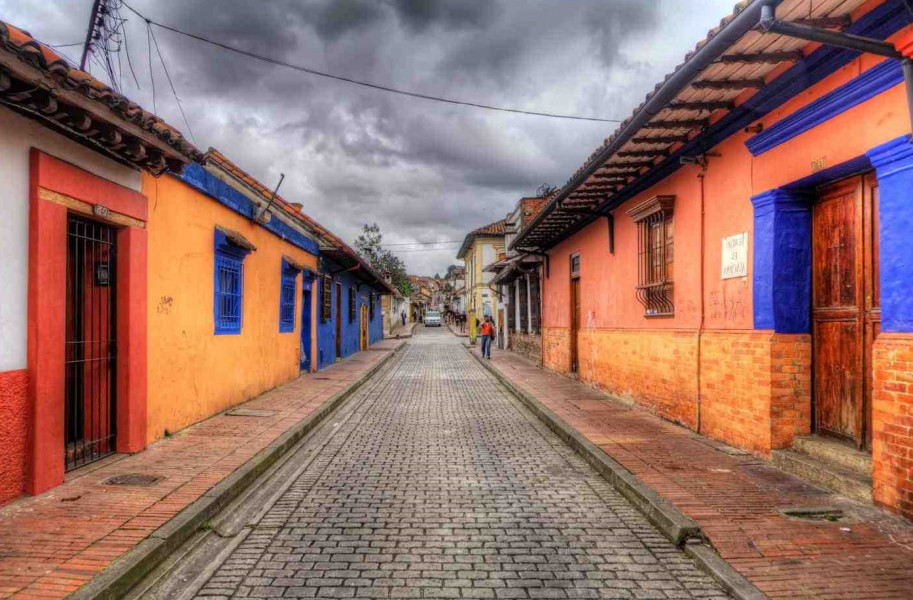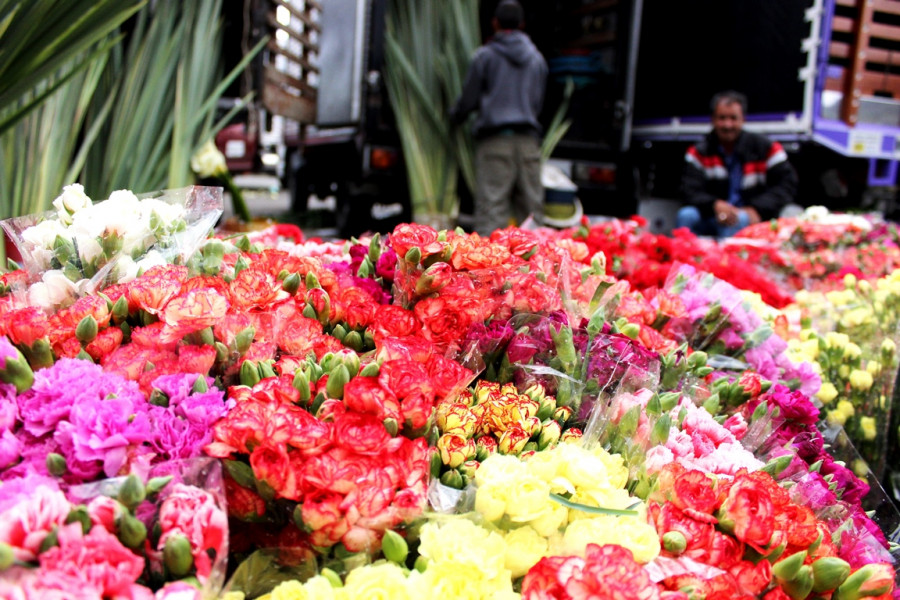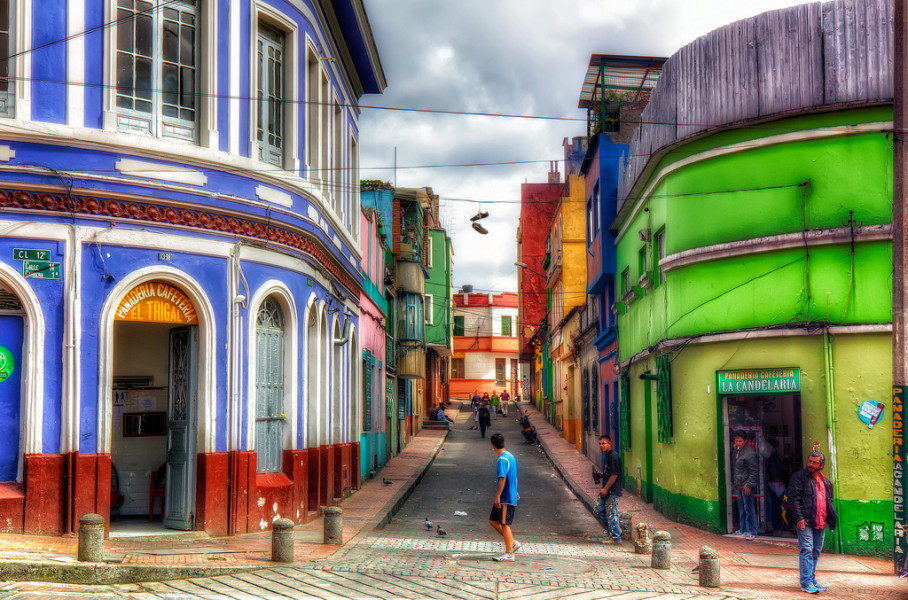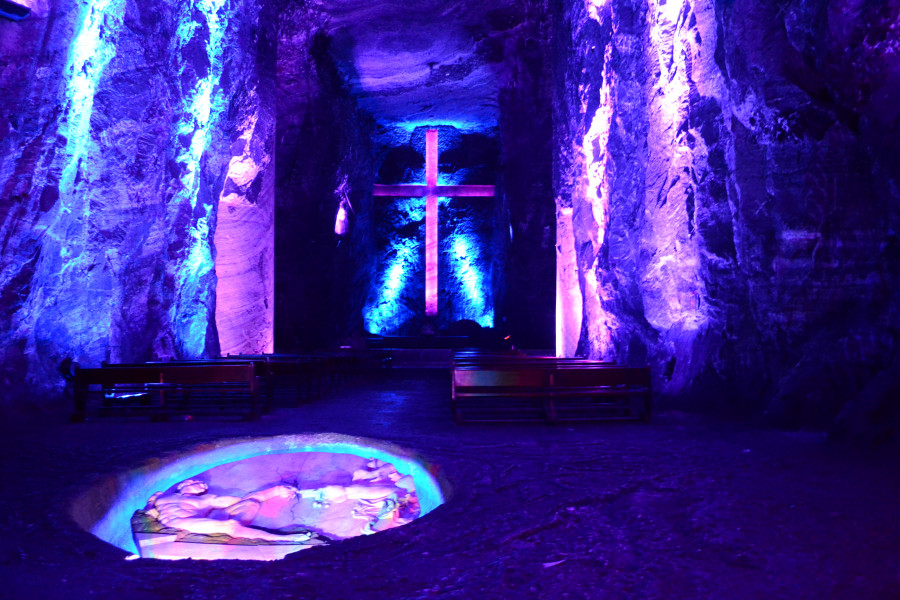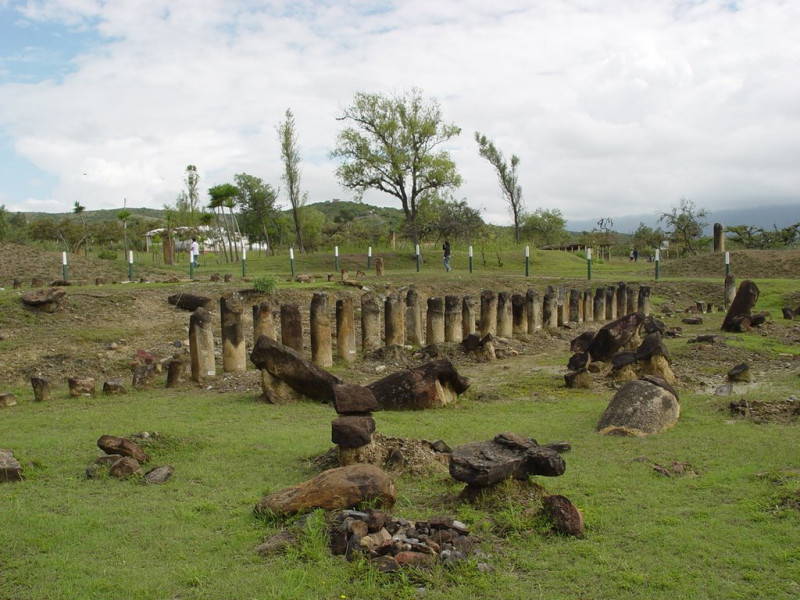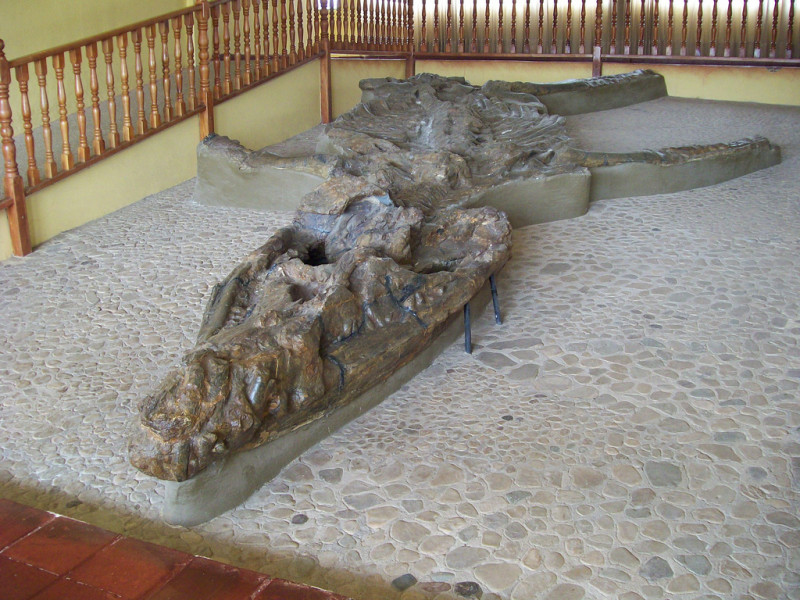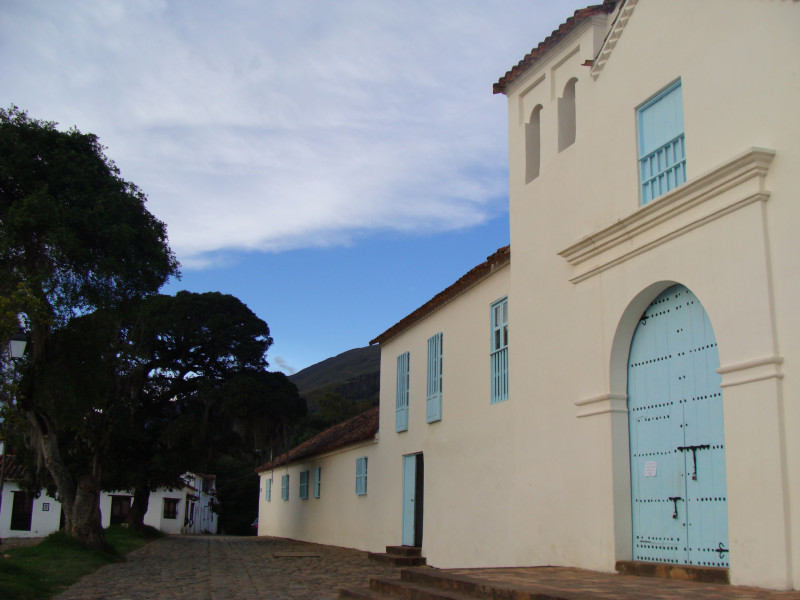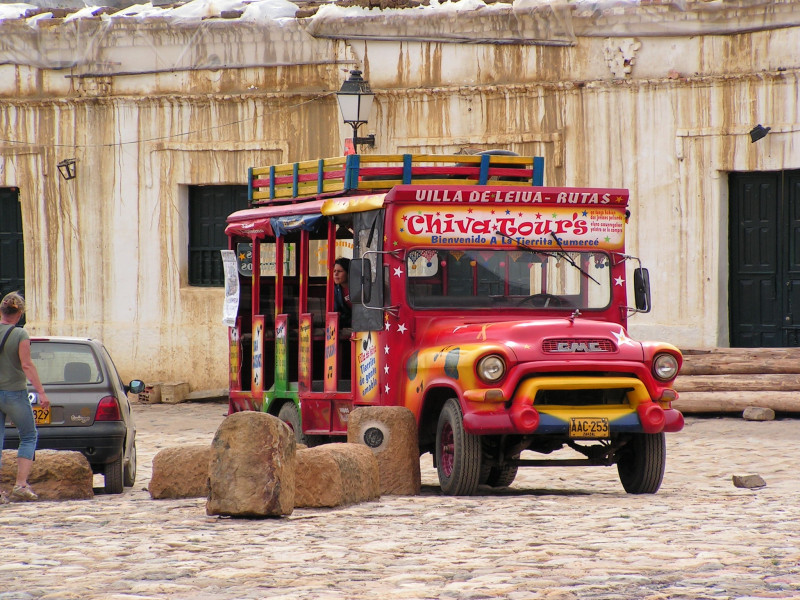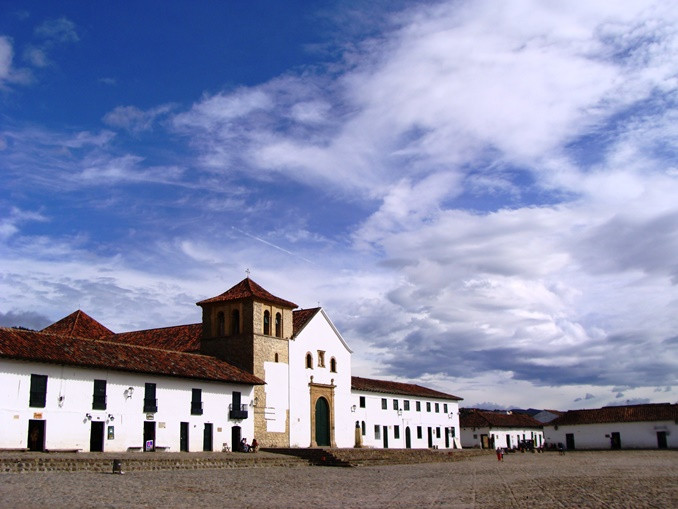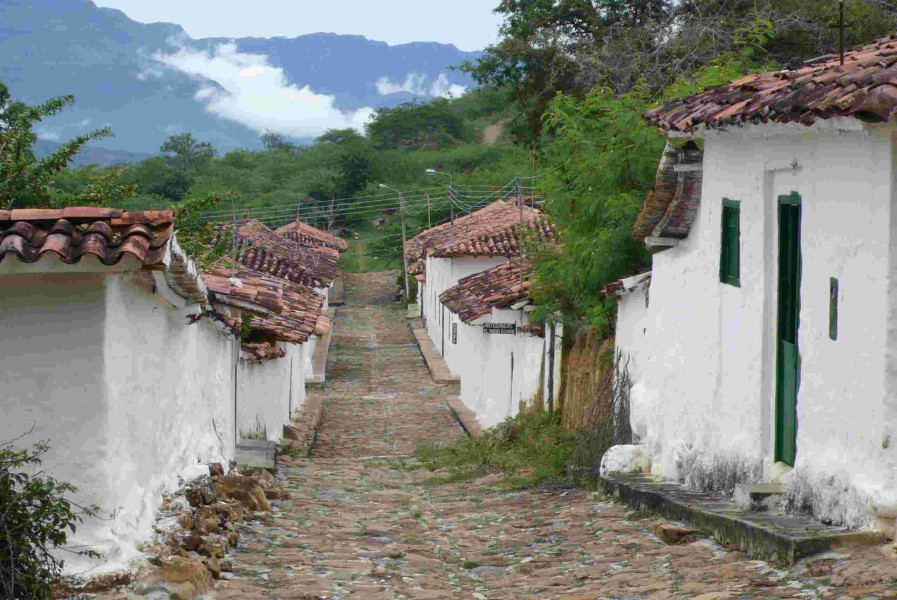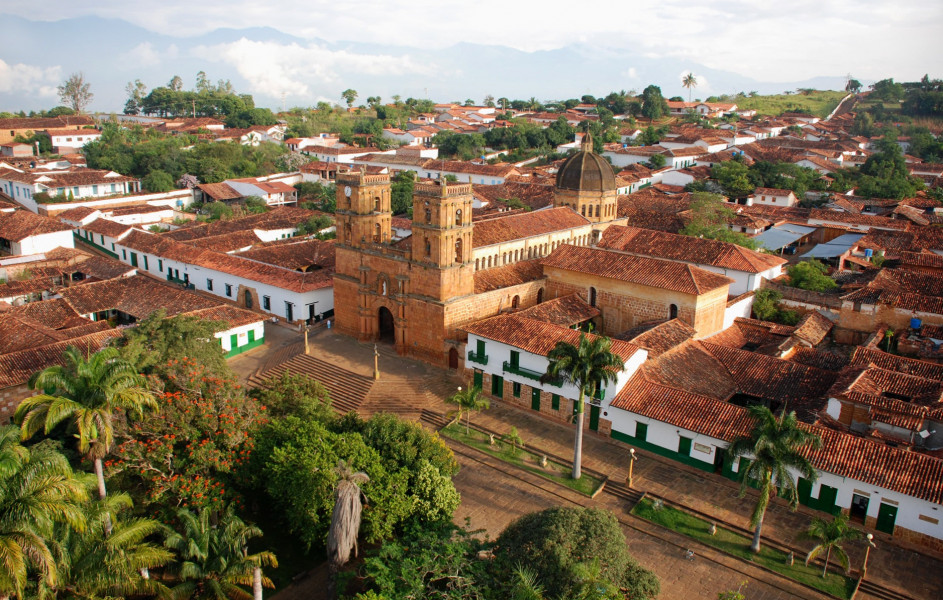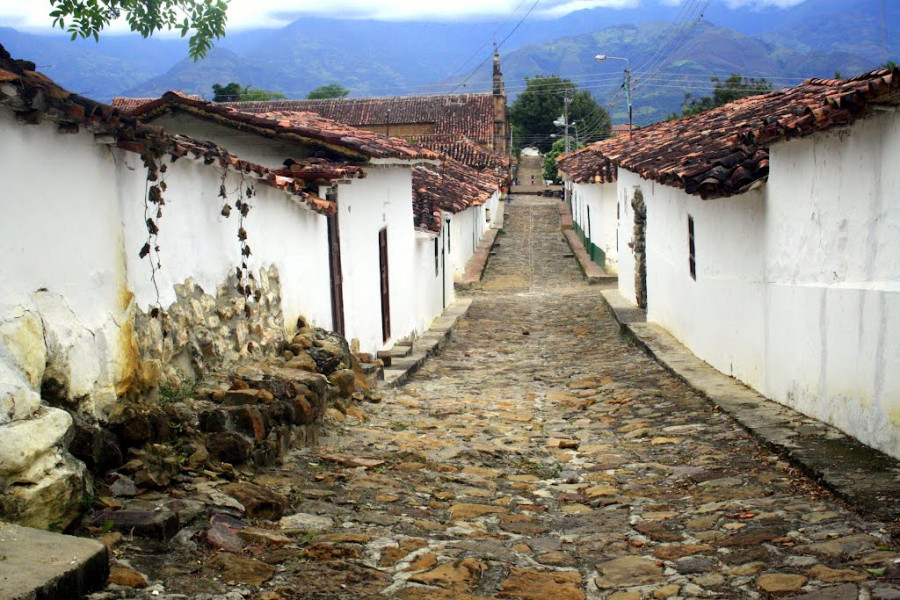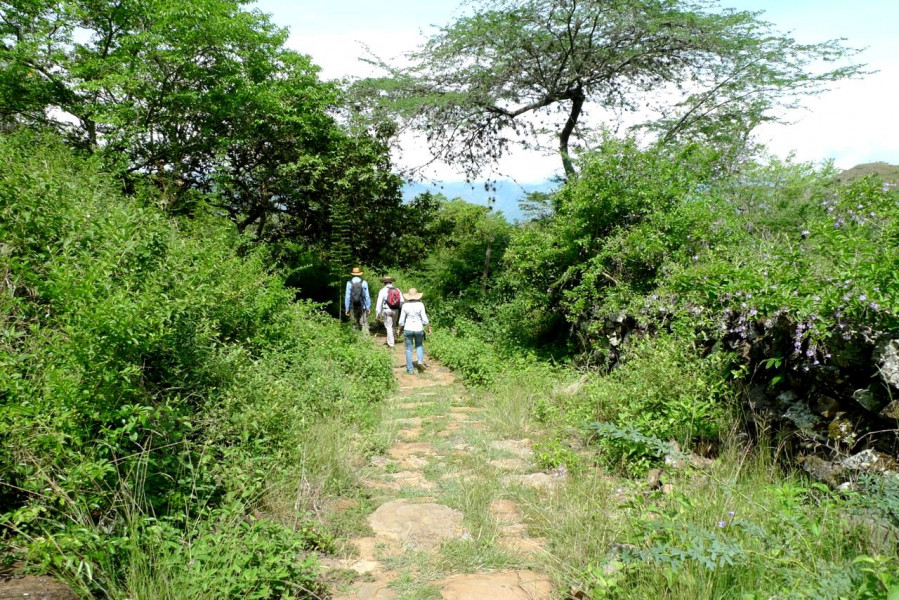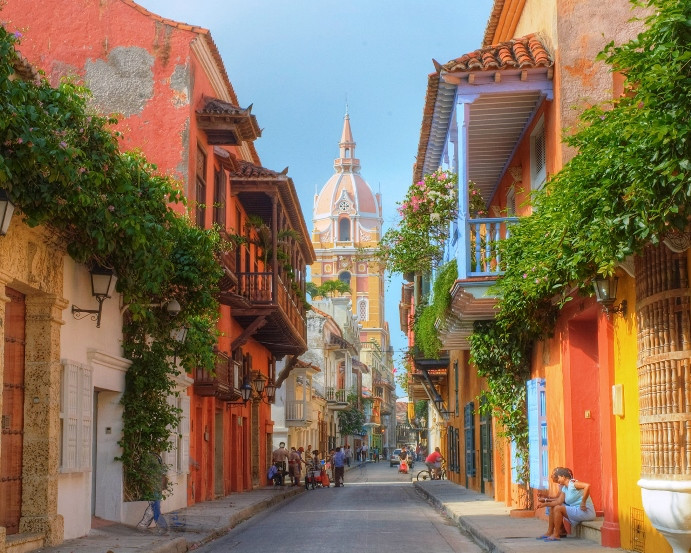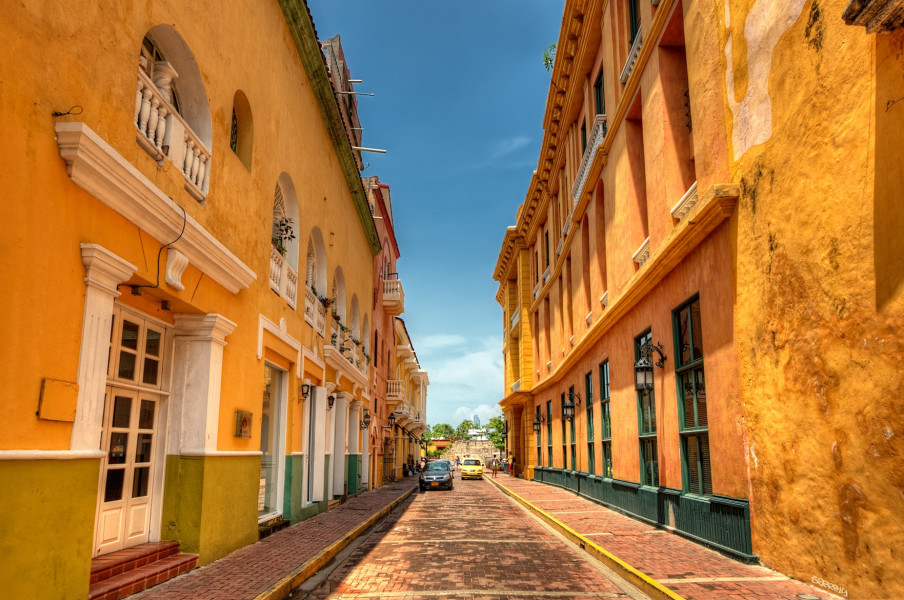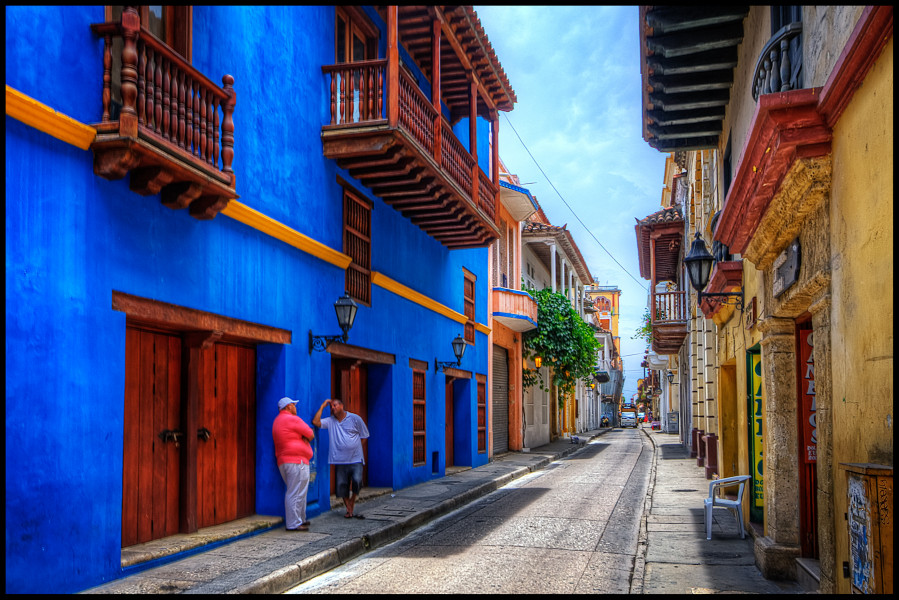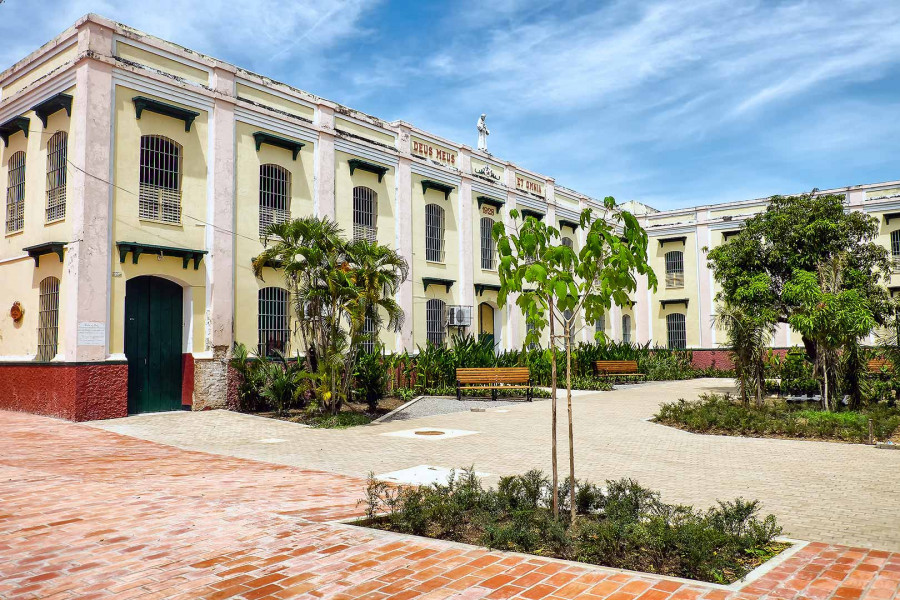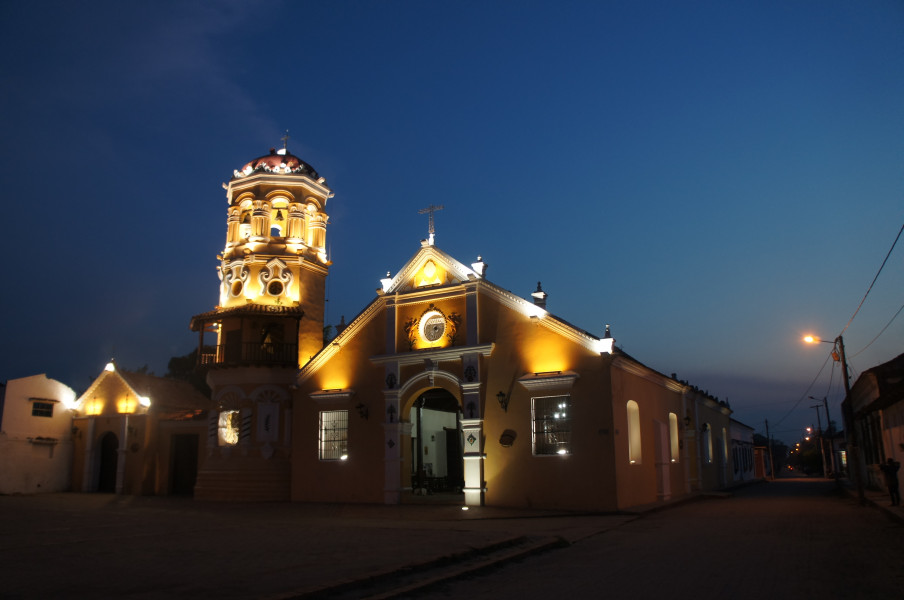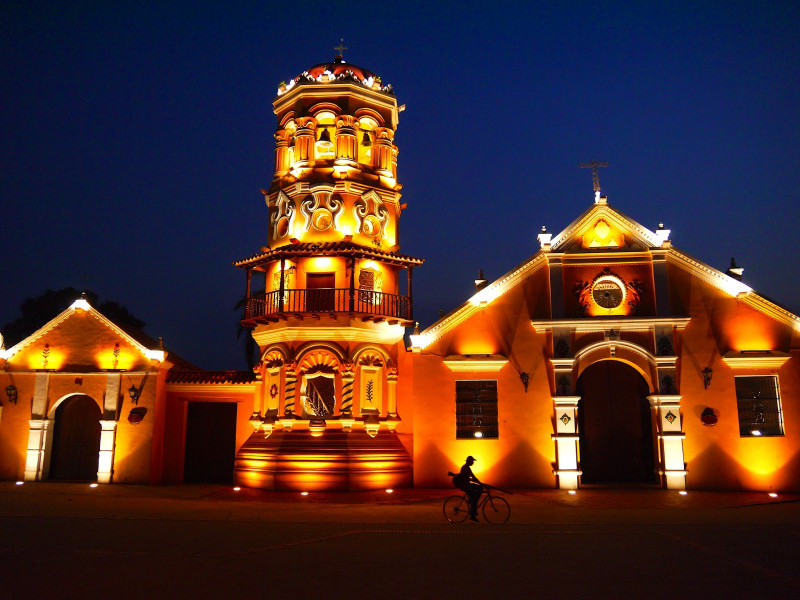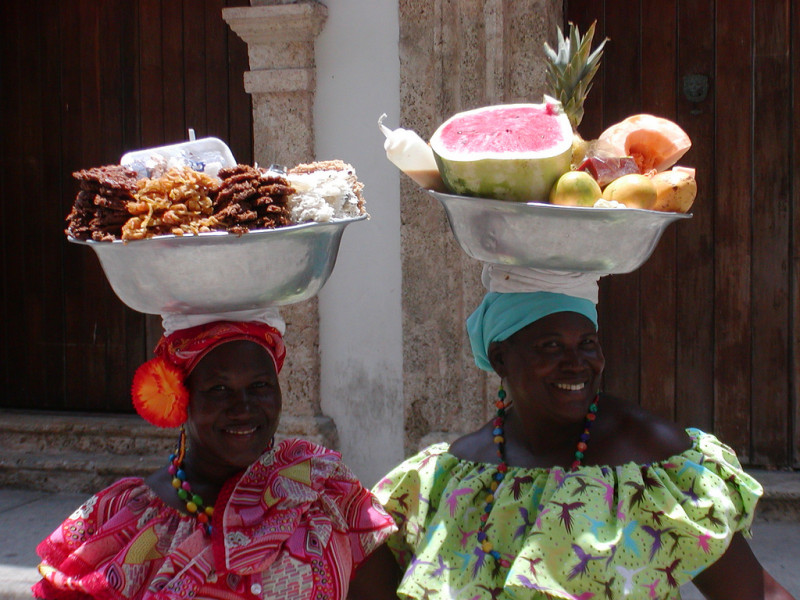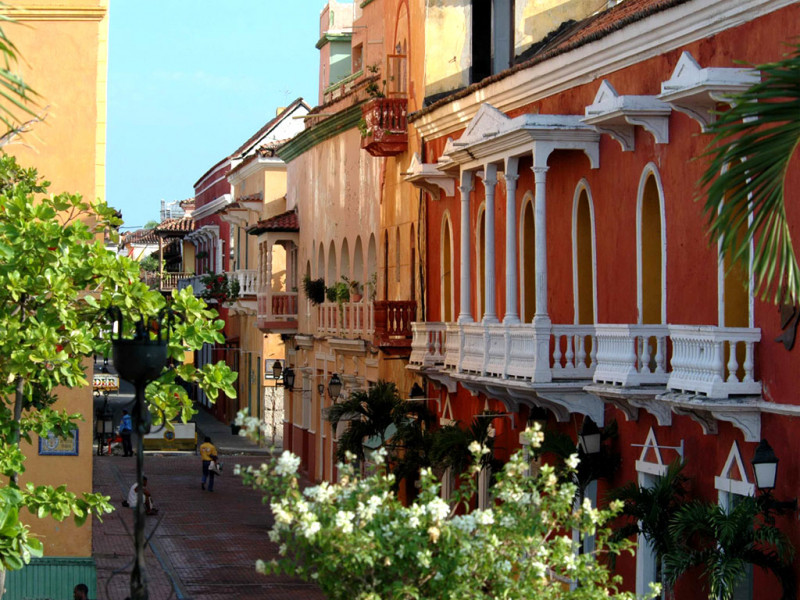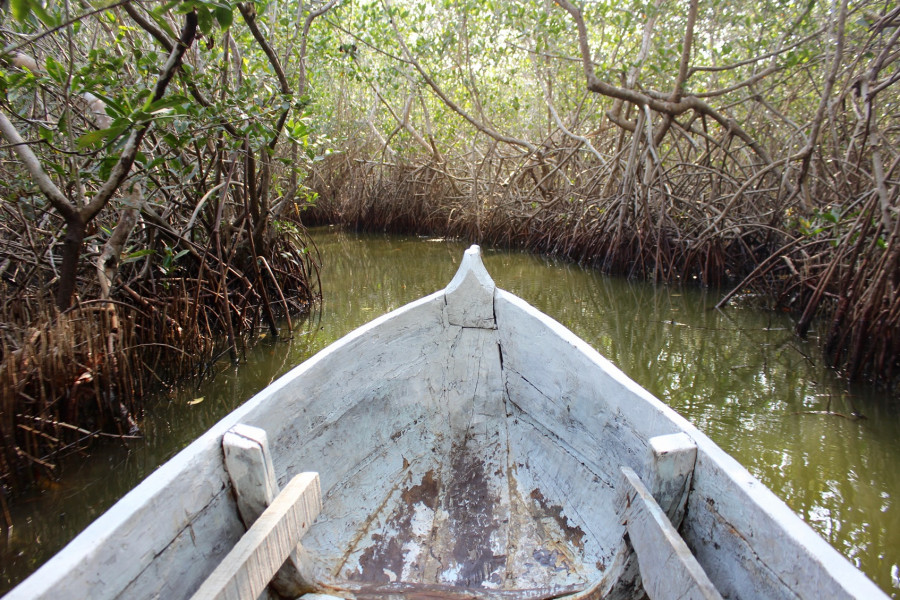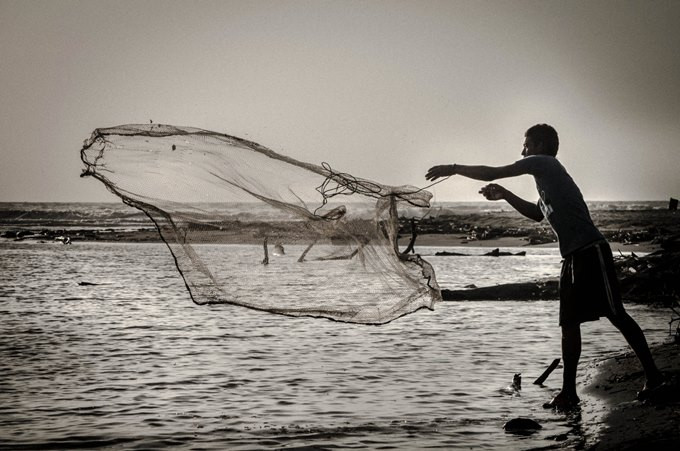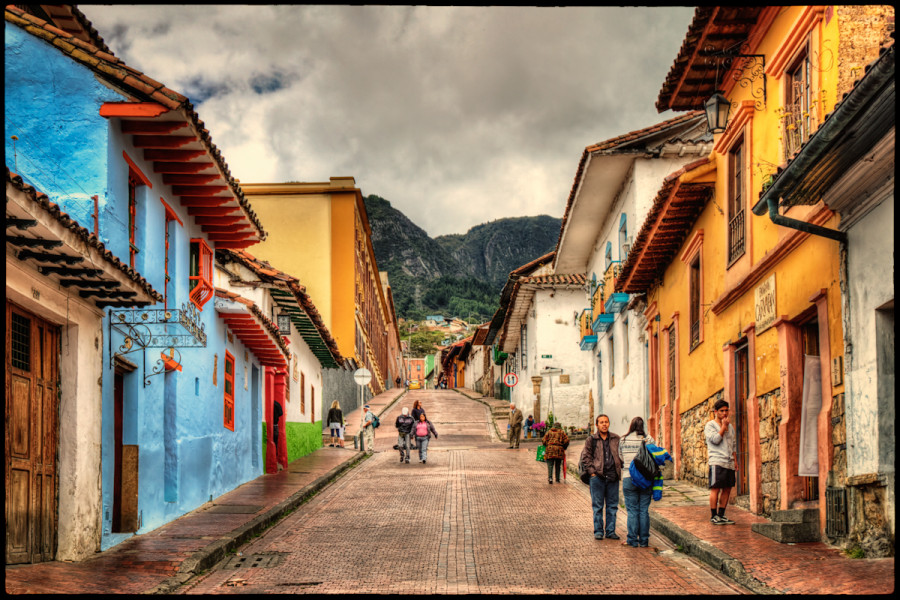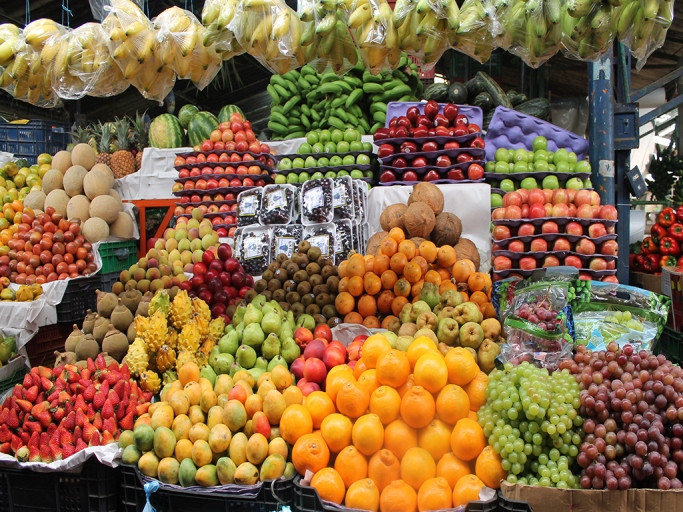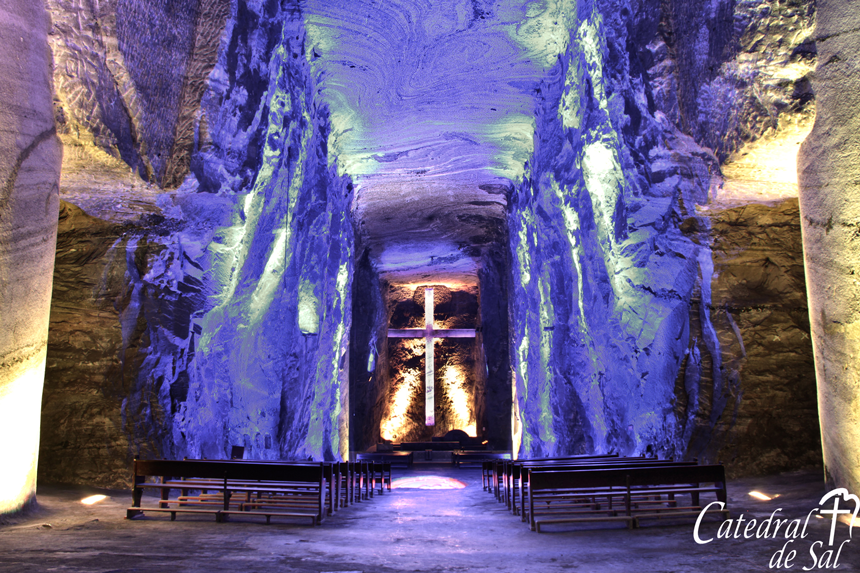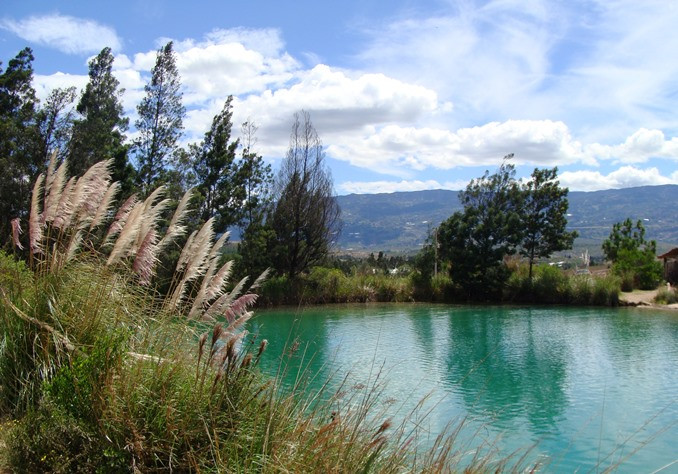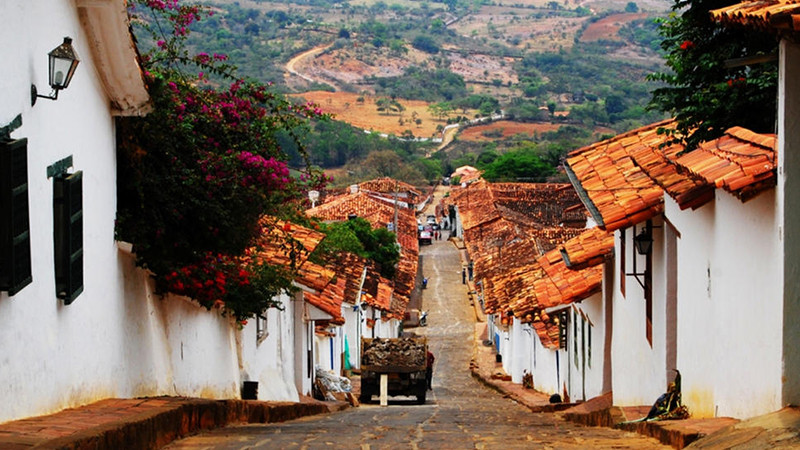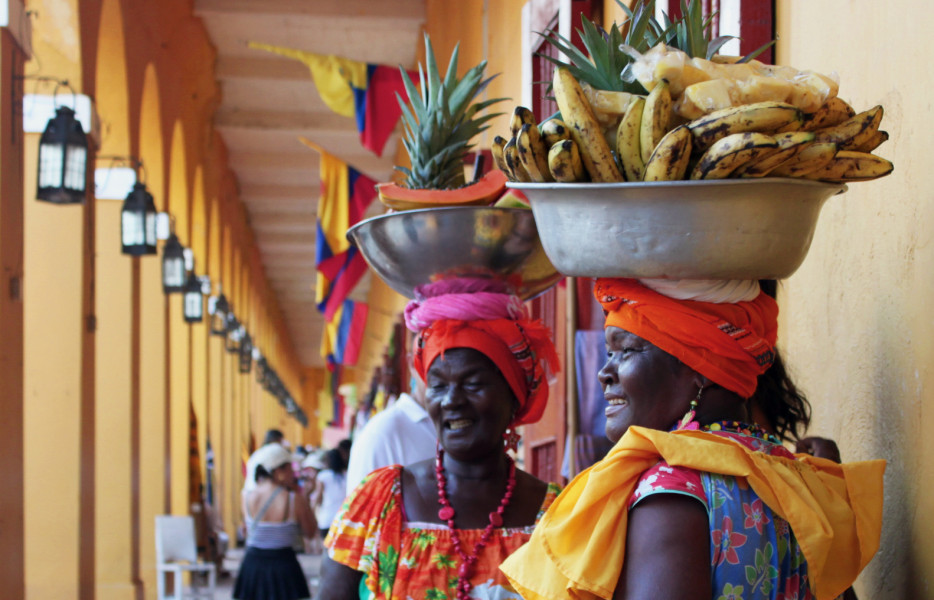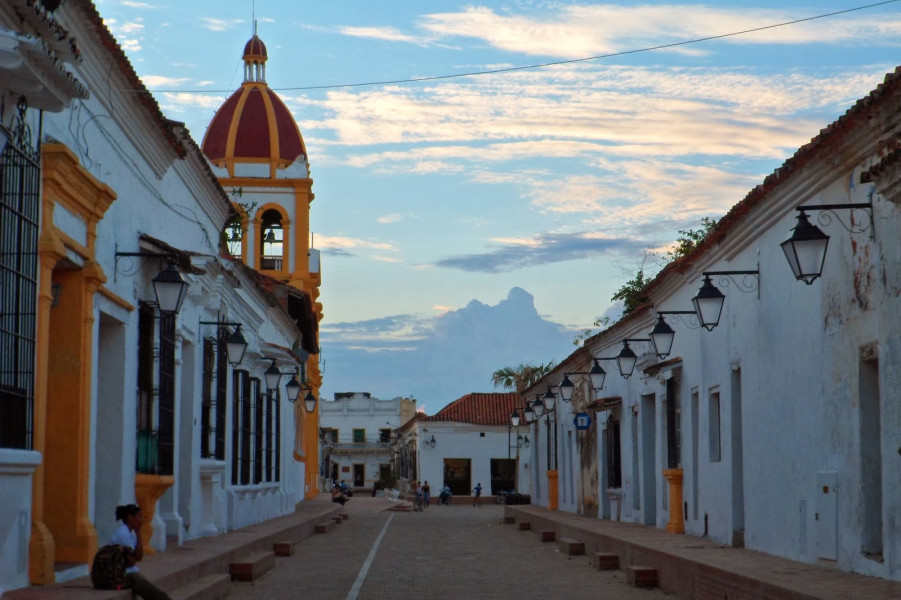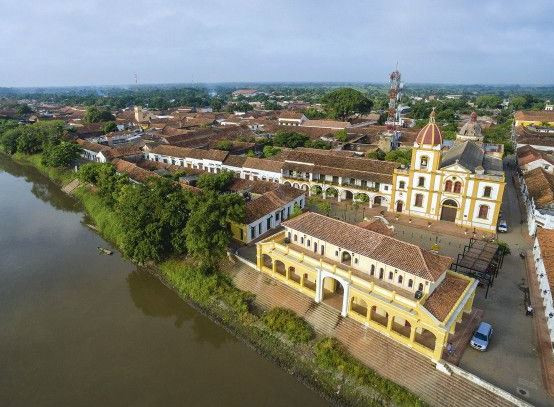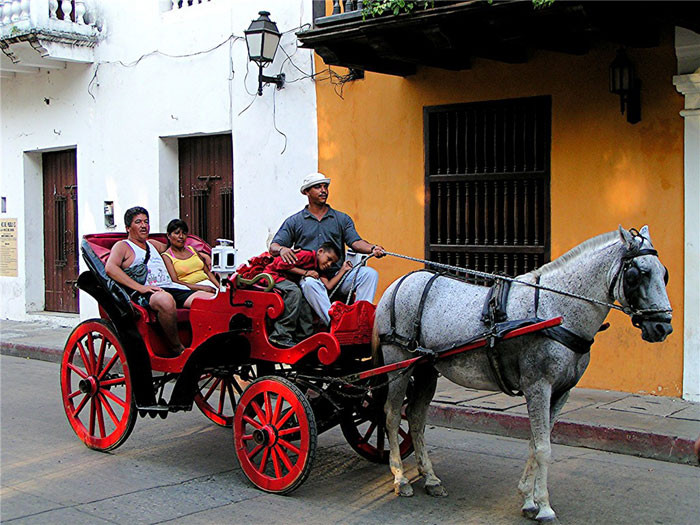For some this is a religious monument, others a celebration of engineering or maybe even an artistic masterpiece. One of the marvels of Colombia, the Salt Cathedral of Zipaquirá is well worth the visit. For the beauty of its landscapes, the richness of its earth and the hidden jewel beneath the earth’s
surface, Zipaquirá is somewhat of a must during a stay in Bogotá. Travelling north of the city, through countryside once occupied by the native Muisca Indians, Zipaquirá is one of the more popular tourist destinations in Colombia. Zipaquirá is most famous for its Cathedral carved underground in a still functioning salt mines just west of the town.
The subtle lighting pronounces the fourteen Stations of the Cross as you descend in to the mine, each station sculpted by a different artist. At the deepest point of the cathedral, 180 m below the earth’s surface, you encounter the nave and the north and south aisles dominated by the 16m high central cross. The illumination and execution of the work is a tribute to modern techniques and years of work from the miners and artists. Your guide will explain all about the cathedrals construction and how it and the mine still function in harmony. However you view this construction, you can’t fail to be impressed by its size and grandeur. Around the central square of the town of Zipaquirá the colonial buildings still hold their charm footed by brickwork paving and overlooked by the Cathedral Diocesana de San Antonio.
Villa de Leyva introduction
Villa de Leyva is Located some 150 kilometres north of Bogota, about four hours by car, passing through stunning savannah landscapes on the way. With its myriad of winding cobbled streets, lined on either side by orange roofed white washed houses, and surrounded by mountains, the village is a charming place to while away a few days. With scarcely a modern building in site and boasting one of the largest cobbled-stoned squares in South America this village where time stands still is a great place to see a snap shot of historical Colombia preserved in its entirety.
The Hosteria del "Molino de la Mesopotamia" used to be an old mill but has been turned into a hotel packed to bursting with antiques and older than the village itself. You can also visit the birthplace of Antonio Ricaurte and the house in which Antonio Nariño lived. The latter translated the 'Rights of Man' into Spanish and both men became important figures in the Independence Movement.
Just outside Villa de Leyva, there are some wonderful walks and excursions that can be made within half a day or a day. Alternatively you can take in some of the other sites such as visiting ancient giant Fossils, Muiscan observatories and indigenous sites or simply out on horseback to enjoy the enchanting scenery.
Read more
Villa De Leyva/Getsemani/2Ni

